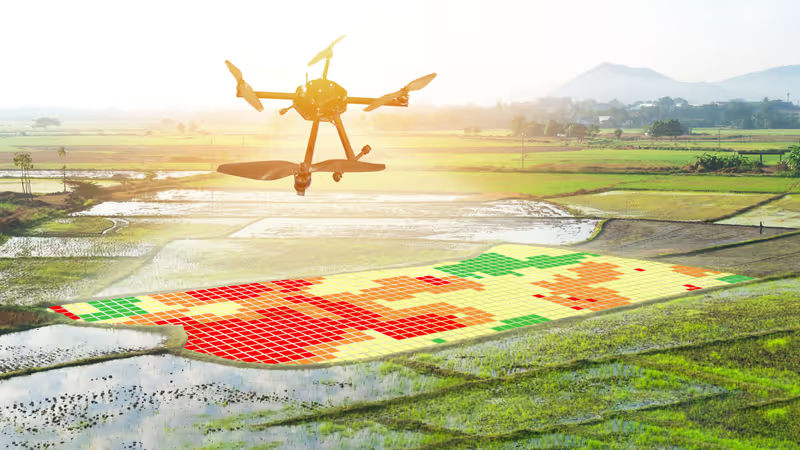| Student: | ir. B. Ranjit MSc |
|---|---|
| Timeline: | September 2020 - 1 September 2024 |
Forest fires are becoming more frequent, larger, and more severe due to climate change, posing a significant risk to global forests. A comprehensive understanding of forest fuel properties, such as quantity, distribution, and moisture content, is imperative for informed decision-making to detect, monitor, and mitigate forest fire risk. Remote sensing techniques, particularly optical and Synthetic Aperture Radar (SAR), can provide this information at extensive landscape-scale quickly and cost-effectively. SAR is well-known for its all-weather day and night observation capabilities. Additionally, SAR signal’s sensitivity to moisture content and its ability to penetrate into dense forest canopies make it invaluable.
Recent advancements in SAR Tomography (TomoSAR) techniques enable the extraction of 3D information of forests, enhancing mapping and monitoring capabilities. Upcoming satellite SAR systems like NISAR and BIOMASS, with tomographic capabilities and open data policies, offer unprecedented opportunities for global forest fire risk studies. The aim of this project is to accurately estimate forest fuel quantity and distribution using SAR tomography. To achieve this goal, we will explore the use of both airborne and satellite tomographic datasets.
Increasingly, longer and denser SAR time series are becoming available globally at high resolution and free of charge. A notable example is ESA’s C-band Sentinel-1 (S1). Another objective of this project is to analyze C-band S1 SAR time series for detecting and monitoring moisture stress in forest.






